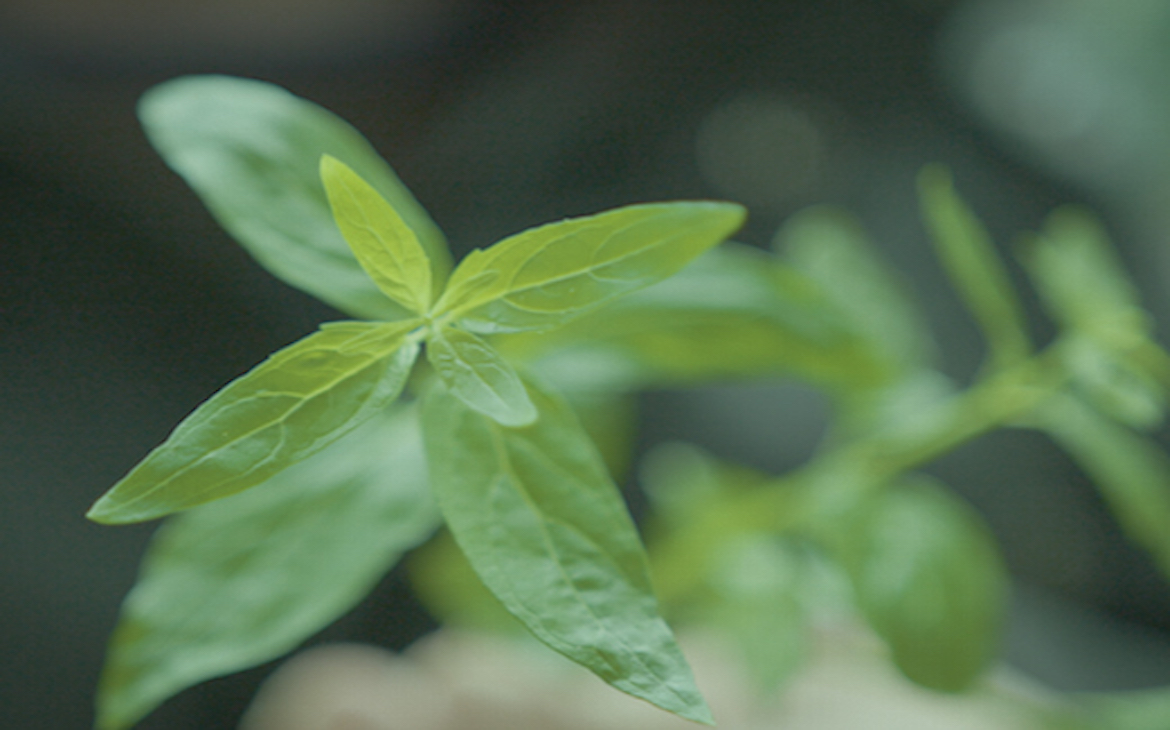By Jude Mayall:
Whenever we think about refreshing flavors and aromas, the one culinary standout is mint. There are over 600 varieties of mint throughout the world—even catnip is a part of this family. Mint is found in everything from toothpaste and chewing gum, to insect repellent and beauty products.
Traditionally used as a medicinal herb, mint is valued for its antiseptic properties and beneficial effects on digestion. These aromatic leaves have been used in food and beverages for generations, and the teas made from the leaves of most mint species have been known to help treat fevers, headaches and digestive disorders. The essential oil in the leaves can be antiseptic, but they are toxic in large doses. In certain cultures, it was used to induce abortion.
One of my favorites is river mint, Mentha Australis. Like so many of its minty cousins, this free-spirited rambling bush grows well in wet conditions and coastlines. The small delicate leaves have an intense spearmint flavor and aroma, so it should be used sparingly. It makes a beautiful mint sauce or jelly for lamb roasts. It’s also perfect in desserts, salads, alcoholic cocktails or any cooling drink. Because of its dynamic flavor, it doesn’t require significant quantities.
Mint has one of the highest antioxidant capacities of any food, with an abundance of nutrients and a great source of vitamin A, a fat-soluble vitamin that is critical for eye health. Learning how to use this herb is a great way to flavor food, but it’s also a great way to cut down on salt.
Mint is one of the oldest known culinary herbs used for remedies and in recipes. Simply smelling the invigorating aroma may help with memory and alertness, and helps with cold and flu symptoms. Plus, because of its antibacterial effects, it’s said to kill bacteria that causes bad breath. The next time you’re tempted to open a pack of gum, just try scanning the riverbank for mint instead.
Episode #: 144 (click to listen)
Duration: 54 min
Topics Discussed: Some history on Australian native plants and spices, how to use them, and the basics of safe sourcing.
Behind the Scenes: Jude and April explore various native plants at Jude’s new Wild Food Farm.
Buy Jude’s Books and Spices: The Outback Chef Cookbook, Outback Chef
Bio: Jude Mayall is a chef, industry advisor, and author of the Outback Chef Cookbook.









